Speakers Blog
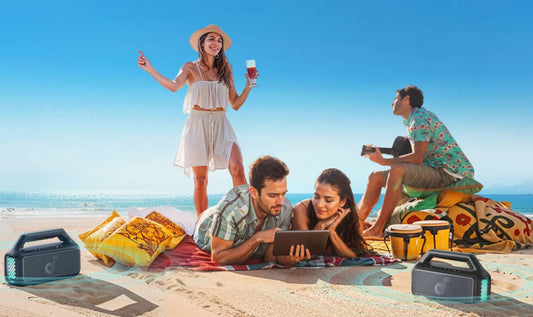
Discover 12 Beach Must-Haves for Ultimate Relax...
As the sun ascends to its zenith and the call of the azure waves becomes irresistible, it's time to indulge in a day at the beach. But to transform a...
Discover 12 Beach Must-Haves for Ultimate Relax...
As the sun ascends to its zenith and the call of the azure waves becomes irresistible, it's time to indulge in a day at the beach. But to transform a...
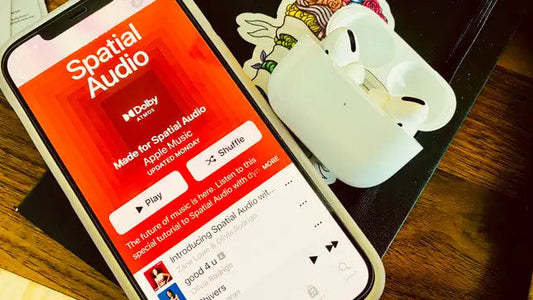
Does Spatial Audio Only Work with AirPods? Comp...
Apple has piqued the interest of audiophiles and casual listeners alike ever since its introduction of Spatial Audio with Dolby Atmos into its AirPods and Beats headphones. This three-dimensional audio...
Does Spatial Audio Only Work with AirPods? Comp...
Apple has piqued the interest of audiophiles and casual listeners alike ever since its introduction of Spatial Audio with Dolby Atmos into its AirPods and Beats headphones. This three-dimensional audio...
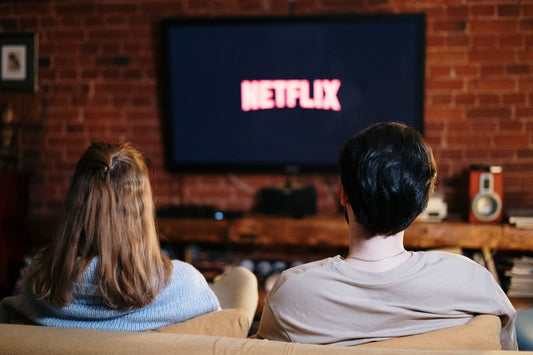
What Is Netflix Spatial Audio: Immersive Sound ...
Netflix has consistently stayed ahead of the curve in the realm of streaming entertainment, redefining the way we experience our favorite shows and movies. One of the latest innovations that...
What Is Netflix Spatial Audio: Immersive Sound ...
Netflix has consistently stayed ahead of the curve in the realm of streaming entertainment, redefining the way we experience our favorite shows and movies. One of the latest innovations that...
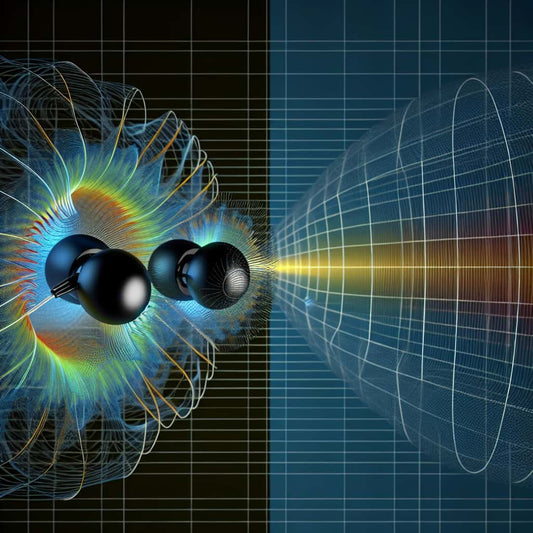
What is Spatial Audio? A Direct Guide
Have you ever wished your home entertainment experience could transcend the boundaries of traditional stereo sound? Welcome to the world of spatial audio, a cutting-edge technology that redefines how we...
What is Spatial Audio? A Direct Guide
Have you ever wished your home entertainment experience could transcend the boundaries of traditional stereo sound? Welcome to the world of spatial audio, a cutting-edge technology that redefines how we...
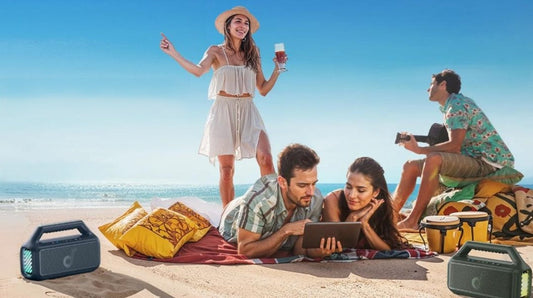
How to Connect Multiple Bluetooth Speakers: A C...
Looking to make your next party or get-together even more epic? Want to blast your favorite tunes throughout the house or yard? By connecting multiple Bluetooth speakers, you can easily...
How to Connect Multiple Bluetooth Speakers: A C...
Looking to make your next party or get-together even more epic? Want to blast your favorite tunes throughout the house or yard? By connecting multiple Bluetooth speakers, you can easily...
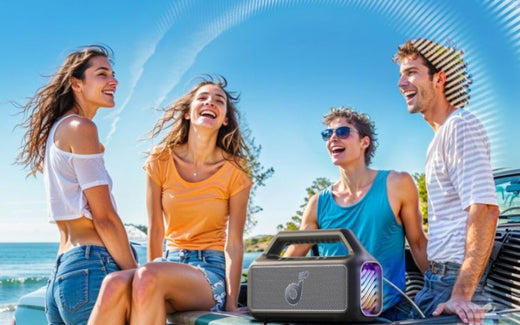
2025 Guide to the Best Battery Powered Speaker ...
Finding the best battery powered speaker means uncovering a perfect blend of portability, sound quality, and cutting-edge features. From vibrant parties to serene outdoor escapes, these speakers redefine how and...
2025 Guide to the Best Battery Powered Speaker ...
Finding the best battery powered speaker means uncovering a perfect blend of portability, sound quality, and cutting-edge features. From vibrant parties to serene outdoor escapes, these speakers redefine how and...